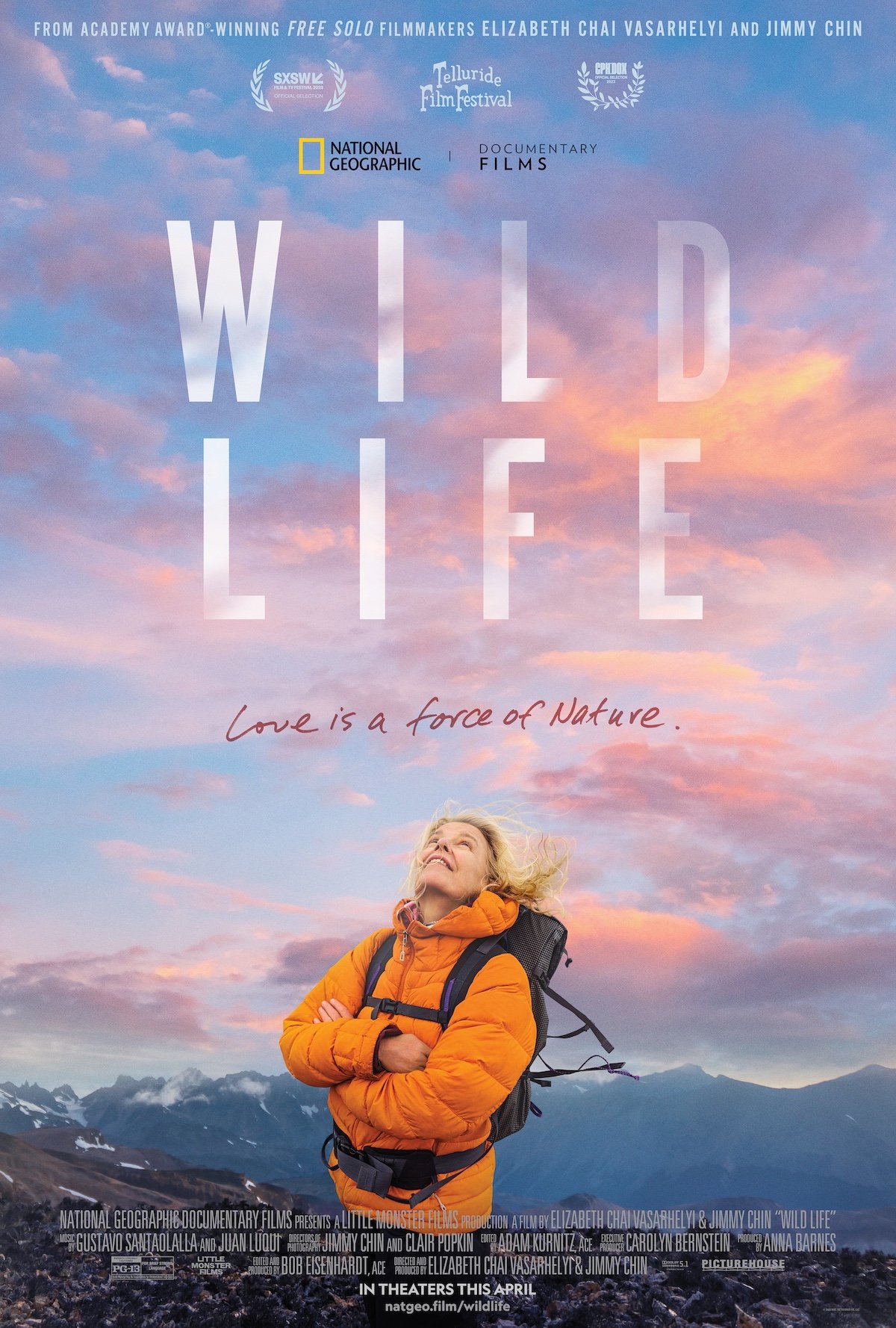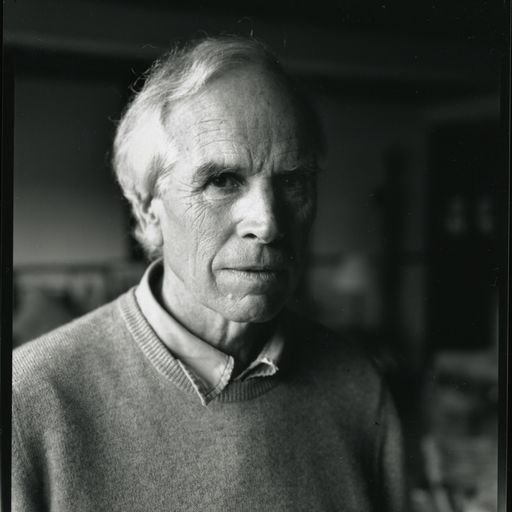Film Review by September Williams /Bioethics Screen Reflections
WILD LIFE is a documentary by Oscar® winning filmmakers Elizabeth Chai Vasarhelyi and Jimmy Chin. It shows the rigors, pitfalls, and love required to protect and preserve what is the best of nature. A National Geographic Documentary, WILD LIFE opened in the USA in April of 2023.
WILD LIFE is also a Bioethics Film for many reasons. Among those is the setting, i.e. the geography. Both Chile and neighboring Argentina lay claim to the region of Patagonia. Patagonia holds some of the world’s regions untouched by humans.
The back story of WILD LIFE is, Chile and Argentina are nations’ whose economies are tightly linked to mineral extraction and forest wood exports. As it happens, the same geographical region is also important for providing a significant portion of the earth’s atmospheric oxygen through tree and plant photosynthesis.
How much oxygen is produced by South America? The estimate is a third of the oxygen in the Earth’s atmosphere. More mining, means more chopping trees and more toxic mining tailings— destroying the ecology of Patagonia. This result is ill health of the planet and those who live on it. The competing goods in this situation come down to:
1) Trees save the earth and ultimately the species by converting carbon dioxide into Oxygen.
2) Chopping down trees and clearing a way for mining provides for the livelihoods of those who can’t afford altruism for generations to come. This is a catch twenty-two situation. How is this resolved?
True Bioethical Conflicts are hard to resolve as they are rarely between competing bad things. Instead, bioethical conflicts usually deal with “competing goods.” The principle characters in WILD LIFE, beside the environment, are Kris and Doug Tompkins and others of their cohort. Tompkins raison d'être legacy was establishing National Parks. From 1990 to 2015, Doug and Tompkins lead a campaign to preserve more ten million acres of wilderness, including in Patagonia, with a promise of 12 million more. They bought up land, which they donated to the Chilean government. The Tompkins also encouraged others particularly Argentinians to reserve wild space connecting to that of Chile.
The movie, WILD LIFE, is also a coming of age story, not just for a National Park, but of a woman in the last quarter of her life. The star of a film is defined as the character who makes the most change. Here beyond the phenomenal landscape, the star is Kris Tompkins. Kris’s evolution is manifest by her actions related to key principles in Bioethics as tools. It requires her exploring concerns from the views of Beneficence: the moral obligation to do good; Autonomy: the right to act in ones enlightened best self interest; and Justice: the equitable distribution of burdens and benefits. Thinking about all that is hard when you have lost the love of your life.
WILD LIFE is a documentary by Oscar® winning filmmakers Elizabeth Chai Vasarhelyi and Jimmy Chin. It shows the rigors, pitfalls, and love required to protect and preserve what is the best of nature. A National Geographic Documentary, WILD LIFE opened in the USA April 2023.
I can’t help wondering if Chai Vasarhelyi & Jimmy Chin intentionally created a triplet of Bioethics Films or if it was just their instinct? The first two films of the triptych, to my eye, are FREE SOLO and THE RESCUE. The final piece would be WILD LIFE. This is the order that I would share with students or suggest others to view. But, WILD LIFE ties the meaning of the three together.
FREE SOLO is all about the principle of Autonomy. That is, doing what one believes is in one’s own enlightened best interest. The protagonist of FREE SOLO is a, better than well skilled, free climber (i.e.without a rope). The film follows the climber, as he scales El Capitan, in Yosemite National Park. No one had climbed the whole of that route, without a tether, before this film. It is a gripping testament to nerve and determination. The average person may think the climber is a bit insane. But, if that free solo climb was not an exercise in Autonomy, what is?
THE RESCUE, is the second film in this documentary series. Here, the stars are adult rescuers, including a physician and a substantial part of the military and police of Thailand. A children’s soccer team is trapped in a cave, rapidly filling with water, during a monsoon. Their egress is impassable. As the water rises there is ambiguity about if any of the kids can be saved, by whom and by what criteria. Justice is the principle THE RESCUE begs the viewer to consider. In Bioethics, Justice strives for the equitable distribution of burdens and benefits.
Wild Life
Also in terms of Bioethics, THE RESCUE is a classic Life Boat Scenario, no pun intended, but applicable. Yes, it is like the Hitchcock movie LIFEBOAT. Adroit, highly skilled, amateur sport cave divers from the UK arrive in Thailand to assist. There is initially a battling with bureaucracies, and differing cultural approaches. And isn’t that the struggle in any multifaceted work place, understanding and respecting differences in order to get the work done? That is to say, after a rocky start, upholding the principle of Beneficence became the primary operational value of the rescue and drives all the major plot point.
I was fortunate to see THE RESCUE, at the Mill Valley Film Festival, in 2021, during the rising phase of the Covid Pandemic. There, I had a passing exchange with Jimmy Chin. The parallels between the film and the pandemic were startlingly similar, by way of the chaos of uncertainty. Chin and Vasarhelyi’s extraordinary film craft, was on full parade, in the RESCUE.
Particularly impressive, was the modeling of the set and the multi-dimensional mapping of the tunnels of rock and underground waterways. They served to orient the audience watching the screen. The production values are high, despite the need for recreating a complex geography. Visual aids, maps and models, were used brilliantly. They reminded the audience that we are watching a recreation and not observing a real time event. On the other hand, the film is wrapped in the reality of the testimonies and real people who had been present during the actual crisis. The effect is a turmoil in the viewer’s emotions that is palpable.
With WILD LIFE, we as viewers, join the protagonists, Kris and Doug in Chile. Here, Vasarhelyi and Chin capture both exquisite beauty and unbearable sorrow, in the same film. This launches the film into a class of its own. In the third film of this ecological trilogy, the full range of a love story and a struggle, emerges. Here, grief and loss are palpable in multiple ways, yet, the film stays on point reminding us, as it happens, you can’t have grief if you have never loved and lost. Viewing the first two films, in this Vasarhelyi/Chin Trilogy, sends an important but subtle message. It takes courage beyond a rope and a rock to live through grief. On the other hand, a rope and rock can be excellent training to get you half way through profound sorrow.
WILD LIFE is about doing the thing that, with considered contemplation, translates to Beneficence. Beneficence is understood in Bioethics as the principle requiring one, or a people, work toward actions, yielding positive benefits. It’s a moral construct, whose devil is in the details. Those, honestly working beyond a faux best self interest, require an ever deepening capacity to understand themselves and others. Like the Rolling Stone song says, “You can’t always get what you want—but if you try sometimes, you might get what you need.”
Elizabeth Chai Vasarhelyi , Kris Tompkins, Jimmy Chin (Photo Courtesy of National Geographic Documentary
Chai Vasarhelyi and Jimmy Chin logged four-hundred hours of filming, over six years, on WILD LIFE. That was followed by scoring three hundred hours of footage. There is nothing as a reviewer I can say, more relevant than anything the filmmakers might express. Here are a few of their thoughts:
Elizabeth Chai Vasarhelyi
“How do you make a film about the people in your life who are most inspirational to you? Can you even translate a modicum of how you feel about them to an audience?” When Jimmy first approached me about chronicling Kris and Doug’s journey, it felt like an impossible task. These are people who have loomed large in his life for as long as he can remember, but they’ve also made significant changes for the good of our world. How do you do those kinds of heroes justice? Like so many of us, I’ve been alarmed by what’s happening to our environment. The importance of telling this story outweighed any potential missteps along the way. And for years, I’ve wanted to make a film about a strong woman. There are few stronger and more determined than Kris, but hers is not an easy story to tell…”
Jimmy Chin
“WILD LIFE is a deeply personal film for me, that is intimately tied to the early days of my life and career as a climber, photographer and filmmaker. I first met the legendary climber, Rick Ridgeway, in 2002, when he led our National Geographic expedition to cross the Chang Tang Plateau, in Northwestern Tibet, on foot and unsupported. On this expedition, Rick taught me the basic elements of shooting scenes. Not long after, I met Kris and Doug Tompkins, down in Chile, while visiting with Rick and Yvon filming on the 2010 film, 180° South. It was during this trip, we climbed one of the unclimbed gems in the southern Andes with Doug, Yvon, Rick, and Jeff Johnson. Doug named the mountain Cerro Kristina after Kris…”
“After Doug’s shocking death in 2015, I think everyone who knew him, myself included, felt a little helpless. What can you do in the face of tremendous loss? I was in awe as I saw Kris, while struggling with her grief, continue fighting for this dream that they had of creating national parks. It dawned on me that what Kris was doing was extraordinary, and what Chai and I could best contribute to the work was to help tell her story and hopefully inspire others…”
Doug Tompkins (Photo Courtesy of National Geographic Documentary)
This is also a film about the passion shared by a woman named Kris, and her outdoorsman, entrepreneur husband, Doug Tompkins. Headed to Chile, they left behind the iconically successful outdoor brands they'd helped pioneer North Face, and Esprit. WILD LIFE is about what the Tompkins did next, and why. Theirs is a love story, catapulting them into the pantheon of Kinari Webb’s Guardians of the Trees. The film is as much about “saving,” as it is about “loss.” WILD LIFE is the sound of both hands clapping.
***
September Williams, MD-Writer/ Bioethics Screen Reflections, acknowledges and thanks Larsen Associates for the ongoing promotion of quality independent films, my access to filmmakers of Bioethics significant works, and related promotional materials, interviews and screeners—here via National Geographic Documentaries. And particular thanks to Chai Vasarhelyi and Jimmy Chin for this stunningly beautiful most recent work —WILD LIFE.
My bad —I forgot forgot to mention — WILD LIFE IS SCREENING ALL OVER THE USA currently. It is a National Geographic Documentary - you can check the schedule here: https://films.nationalgeographic.com/wild-life xx September























